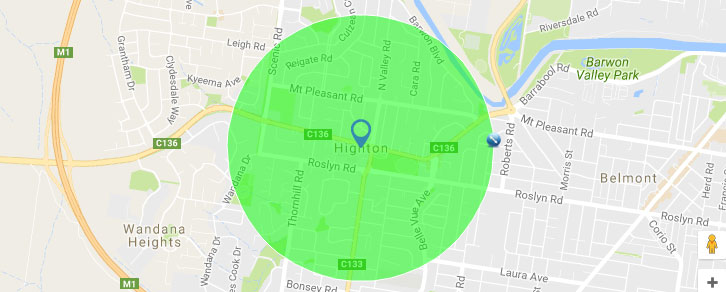Lower Back Pain
Lumbar Misalignment:
– Often known as pinched nerve
– This can vary in intensity from local pain to sharp strong shooting – pain
– Early symptoms include:
– Pain during or after sitting on the couch or car
– Pain getting out of the chair
– Pain upon waking and getting dressed
– Pain on flexion (bending forwards)
Bad cases may also:
– Have pain shooting or referring down the thigh and leg (Sciatica)
– Debilitating back pain that causes you to stand crocked or bent over
– Pain on coughing or sneezing
– Agonizing pain on movement
Pelvis Misalignment:
– Patients often comment that their ‘hip feels out’
– Usually goes un-noticed for a long time
– Symptoms include:
– Generalised and vague lower back ache
– Ache or pain noticed walking – the more you walk the worse it gets
– Ache or pain noticed standing for long periods
– Ache lying in bed
– Pain referring into the hip or buttock
– Bad cases may also:
– Ref down the thigh to the knee
– Pain referring into the groin or testis
– Not be able to weight bear or walk at all
– Not get comfortable at night causing no sleep
Lumbar Misalignment:
– Usually caused by activities such as:
– Lifting heavy items – shifting furniture
– Repetitive lifting – work related
– Twisting and lifting – shifting boxes
– Fall or trauma
– The lumbar misalignment causes inflammation and pressure in the disc, this in turn causes pressure on the neighbouring spinal nerve – causing pain locally or in bad cases pain referred – sciatica.
Pelvis Misalignment:
Usually caused by:
– Twisting injuries – lifting a heavy suit case onto the bed
– Repetitive twisting – whipper sniping
– Standing on uneven surface – painting on a ladder with feet on different levels
– The pelvis misalignment causes inflammation to the Sacro-iliac joint, (like spraining your ankle), which then causes irritation to the local nerves in the area, which can cause local ache or travelling pain.
Lumbar Misalignment:
– You can usually get some temporary relief by walking and gentle activity if you’re able to tolerate the pain or unable to seek professional assistant.
– Professional intervention will help reduce the time it takes for your body to heal itself.
– Systematic ‘hands on’ examination of the spine, with the help of x-rays and specialised instruments, will lead our specially trained chiropractors to precisely locate the exact vertebra that is misaligned and causing pressure on the nerve.
– Once the cause is identified, a specific correction called an ‘adjustment’ is used to re-place the vertebra into the correct position.
Pelvis Misalignment:
– You can usually get some temporary relief from sitting and resting if you’re able to tolerate the pain or unable to seek professional assistant.
– Professional intervention will help reduce the time it takes for your body to heal itself.
– Careful examination of the pelvis alignment using postural analysis, x-rays line drawings and static pain findings will lead to a diagnosis and conclusion of how the pelvis needs to be corrected.
– The direction of correction (pelvis adjustment) needs to be very specific and in the opposite direction to which it is misaligned, re-placing the joint back to it’s normal position and function.
If left untreated both conditions:
– Will become more painful, gradually getting worse
– May start referring down the leg
– May start to cause pins & needles or numbness
– May start effecting your hobbies and daily activities
– Will cause more uneven stress on the lumbar discs causing wear and tear (osteoarthritis) eventually causing a disc ‘blow out’ or disc protrusion, prolapsed or bludge
– The longer the condition is left untreated, the harder it is to fix. – – This often results in more visits and a higher final treatment cost
– Eventually leading to permanent damage, which may then result in spinal surgery




